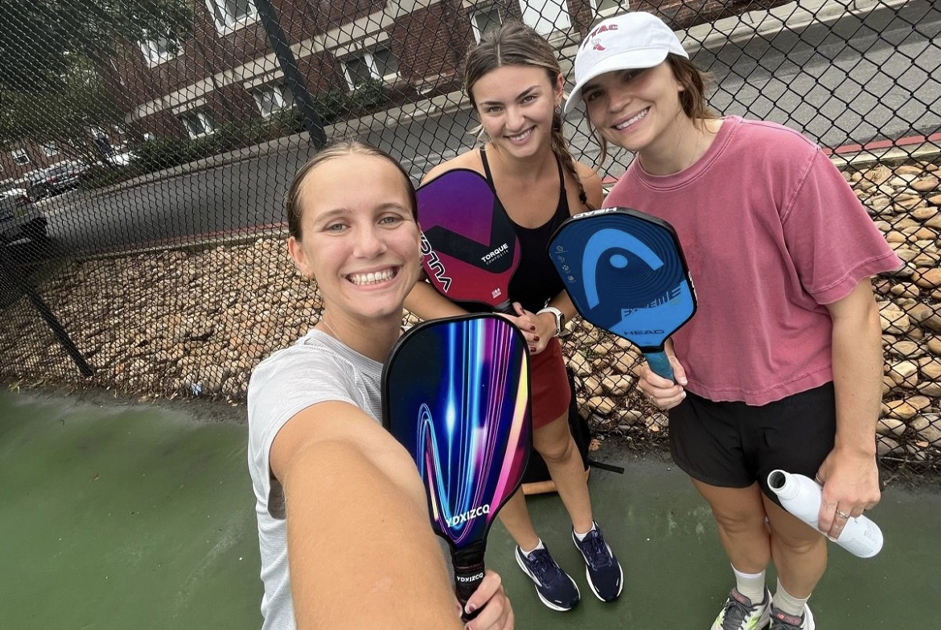The “City of the Arts” descriptor of Winston-Salem is a richly deserved one. One need not even look closely to see all the evidence of artistic creations everywhere. Street art in particular occupies a prominent place in our community, and has a particularly dense concentration in the Historic North Arts District in the form of murals. Street art (of which murals are a form) mainly appears in urban areas and public locations such as on the exterior walls of buildings, highway overpasses and bridges. A Wake Forest University professor once remarked to me that all art is intended to change the world. If you look around Trade and Liberty Streets for example, you can see such an effort at work. Several days ago I made it my business to look at a number of murals which brought home the fact that in so many cases street art can function as a means of urban regeneration and beautification. Not only do murals add a splash of color to architectural facades but they, as pieces of public art, humanize the built environment and invigorate public spaces. Murals function as a call to attention, stopping people in their tracks and in their best sense, moving people to think about things in a different way, consequently shifting both individual and community perceptions. In its most extreme expression, murals can be political acts which have a powerful role in constructing new social and cultural discourses.

In short, murals can act as collective thought spaces. They express ideas and tell stories. They can create dialogue around a subject or community issue through what they depict. In Winston-Salem some of the murals I looked at are clearly a protest, a call for change, communicating important messages and thereby empowering, inspiring and educating us. Others serve an informational function, denoting some cultural or historic relevance which precedes the present time. For example, a mural located on the side of the Shop Flowers Store on Liberty Street in the Arts District provides a detailed visual running history of the Black press and its newspaper The Chronicle along with images of numerous people in the African-American community who fought to make that publication a cogent reality and a success. Since street art is an important part of the identity of a city, it can help shape and define the sense of community and personality of a metropolis. I see this mural in particular as one which can become a community centerpiece bringing people together to celebrate the heritage and history of their home.

Another mural, located on Trade Street, N.W. on the side of the Tobacco Soho Building, captures the bustling life of a bygone era of Winston-Salem. Under the title, Miller’s Department Store, a group of people look outward at their audience. The colors of the mural are black and white, monochromatic, and the men and women, many smiling, move about fluidly, in garb which, to the modern eye, seems rather vintage. Some men wear hats and possibly 1930s or ‘40s apparel and a sign on the mural broadcasts the store’s message of “Better Clothing.” An African-American man strums a guitar, seemingly oblivious to his onlooker. While murals occur in numerous graphic styles (abstract, photorealistic, surrealist, expressionist and graffiti), in this instance it would appear that the rendering incorporates elements of both realism as well as a playful and whimsical stylization reminiscent of some of Marc Chagall’s paintings. The mural captures a vibrant community which proudly faces the artist who makes its creation in a manner full of reportage and void of judgment.
At another stop in the historic Arts District I scored another discovery of numerous murals behind the Artivity on the Green Sculpture Park. A long row of murals behind huge metal sculptures reveals a potpourri of different artistic styles, many with surrealism and abstract imaginings. I see fantastical monsters, a tiger and other creatures in a highly stylized Asian-style universe, a gorgeously textured octopus – all the murals are alive with intensity and color. Opposite the numerous murals I spy another on the side of a building which says “Black excellence isn’t just the exceptional; it’s the everyday” against a pink background full of flowers and butterflies. A mural on 7th and Liberty Streets depicts a huge terrifying mythical-looking bird and further down the street is a mural with a deep sea diver in a marine environment. Street art is uncurated and I love the fact that no one is deciding what pieces, in fact, are worthy of presentation or display. A colleague reminds me that art on walls started with the cavemen (think: Neolithic cave paintings). People are brazenly putting their art in the street and yes, I just love this. I’ll be looking for more.



















